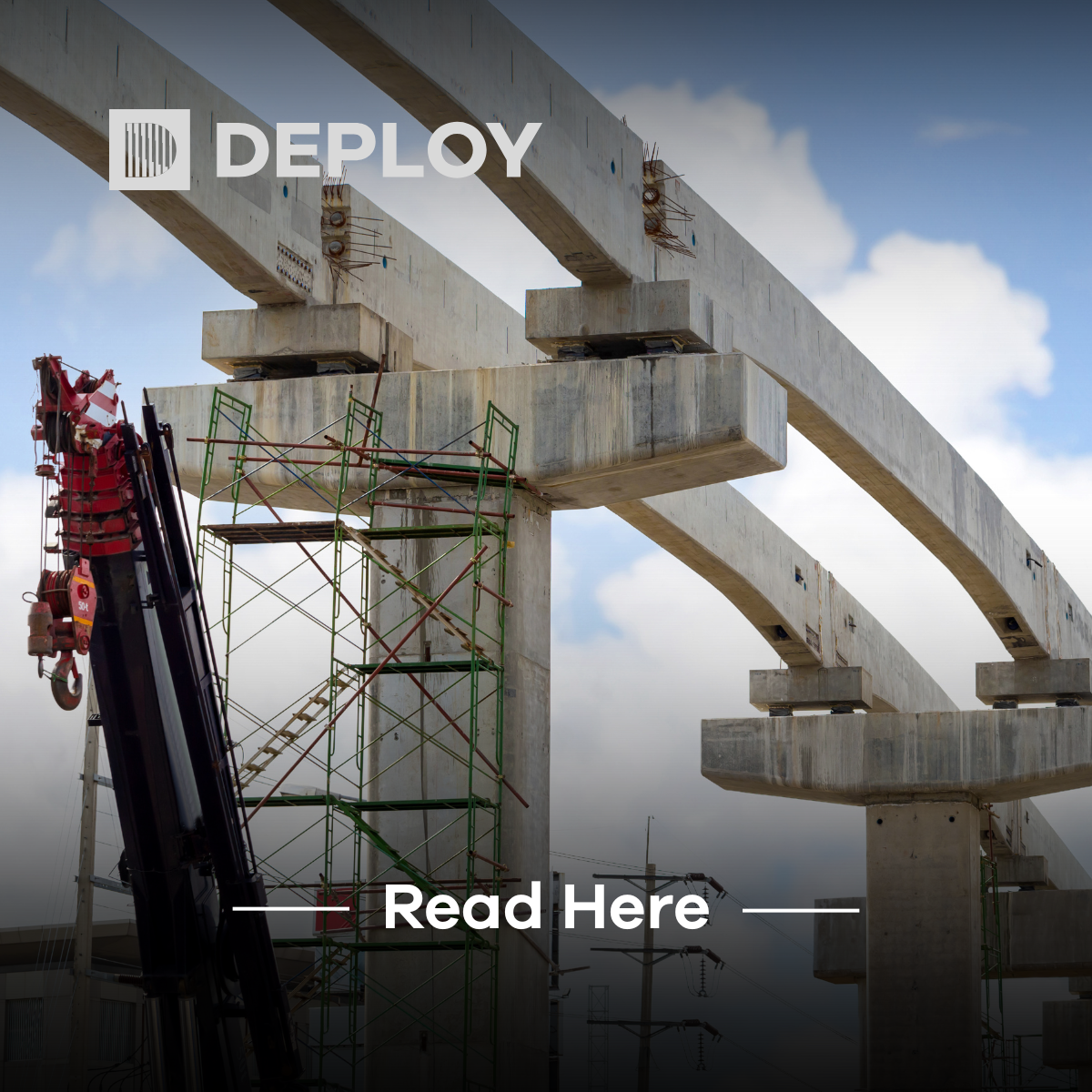The Role of Engineers and Planners in Mega Rail Projects
The successful delivery of large-scale rail infrastructure projects relies not only on significant financial investment and political will but also on the expertise, precision, and innovation of the engineers and planners who translate ambitious visions into operational reality. As demand for sustainable, efficient, and technologically advanced transport networks continues to grow, the role of these professionals has become increasingly complex, requiring a multidisciplinary approach that encompasses civil engineering, environmental planning, digital modelling, and project management. From the initial feasibility studies and route mapping to the intricate design of tunnels, bridges, and stations, every stage of a mega rail project demands a high level of collaboration between engineers, planners, and a range of industry stakeholders to ensure that technical requirements, environmental considerations, and long-term operational efficiency are seamlessly integrated.
At the earliest stages of planning, transport and infrastructure planners conduct rigorous assessments to determine the viability of proposed rail projects, taking into account geographical challenges, population growth, environmental impact, and economic feasibility. This phase is crucial in ensuring that new railway lines, high-speed networks, or freight corridors are not only strategically positioned to serve key locations but also designed in a way that maximises long-term benefits while minimising disruption to communities and ecosystems. Planners must also navigate regulatory frameworks, secure planning permissions, and engage with local authorities, businesses, and the public to align projects with broader urban development goals and sustainability commitments. Their work lays the foundation for engineers to develop the technical frameworks necessary to bring the project to life.
Once a project moves beyond the conceptual phase, civil and structural engineers take on the immense task of designing and constructing the physical infrastructure required to support the railway system. This involves a detailed analysis of soil conditions, topography, and existing urban environments to determine the most effective structural solutions for bridges, tunnels, embankments, and viaducts. In many cases, particularly for high-speed rail projects or metro expansions in densely populated cities, engineers must overcome significant geological and logistical challenges, using cutting-edge construction methods such as tunnel-boring machines, prefabricated track systems, and modular station designs. Their work requires a meticulous balance between durability, safety, and cost efficiency, ensuring that the rail infrastructure not only meets current demands but is also resilient enough to accommodate future advancements and increased capacity.
Beyond physical construction, the growing role of digital engineering has transformed the way rail projects are designed, monitored, and maintained. The use of digital twins, 3D modelling, and AI-driven simulations enables planners and engineers to test designs, optimise efficiency, and predict potential risks before construction begins, ultimately reducing costs and improving safety outcomes. These technologies allow for a more integrated approach to project management, where teams can collaborate in real time, adjust plans dynamically, and ensure that engineering solutions align with long-term sustainability goals. As rail networks become increasingly reliant on automation, electrification, and smart infrastructure, the expertise of engineers and planners in incorporating digital solutions has become essential in shaping the future of the industry.
As projects progress towards completion, operational and systems engineers work closely with rail operators to ensure that signalling systems, electrification, rolling stock integration, and station facilities are seamlessly coordinated. Their role extends beyond construction, as they must oversee testing, compliance, and commissioning phases to ensure that the railway is safe, efficient, and ready for public or commercial use. Given the scale and complexity of mega rail projects, collaboration between different engineering disciplines, supply chain partners, and government agencies is critical in ensuring that projects are delivered on time, within budget, and in accordance with stringent regulatory standards.
The delivery of transformative rail infrastructure depends on the expertise, innovation, and dedication of the engineers and planners who work tirelessly to shape the transport networks of tomorrow. Their ability to merge technical excellence with sustainability, safety, and efficiency ensures that railway systems remain at the forefront of modern infrastructure development, providing long-term benefits for economies, communities, and the environment.
At Deploy, we understand the critical role that skilled professionals play in the success of major rail projects, and we are committed to connecting the industry's leading talent with opportunities that align with their expertise. Whether you are an organisation looking to strengthen your engineering and planning teams or a professional seeking to advance your career within rail infrastructure, Deploy is here to support you. Get in touch with us today to explore how we can help build the future of rail together.






